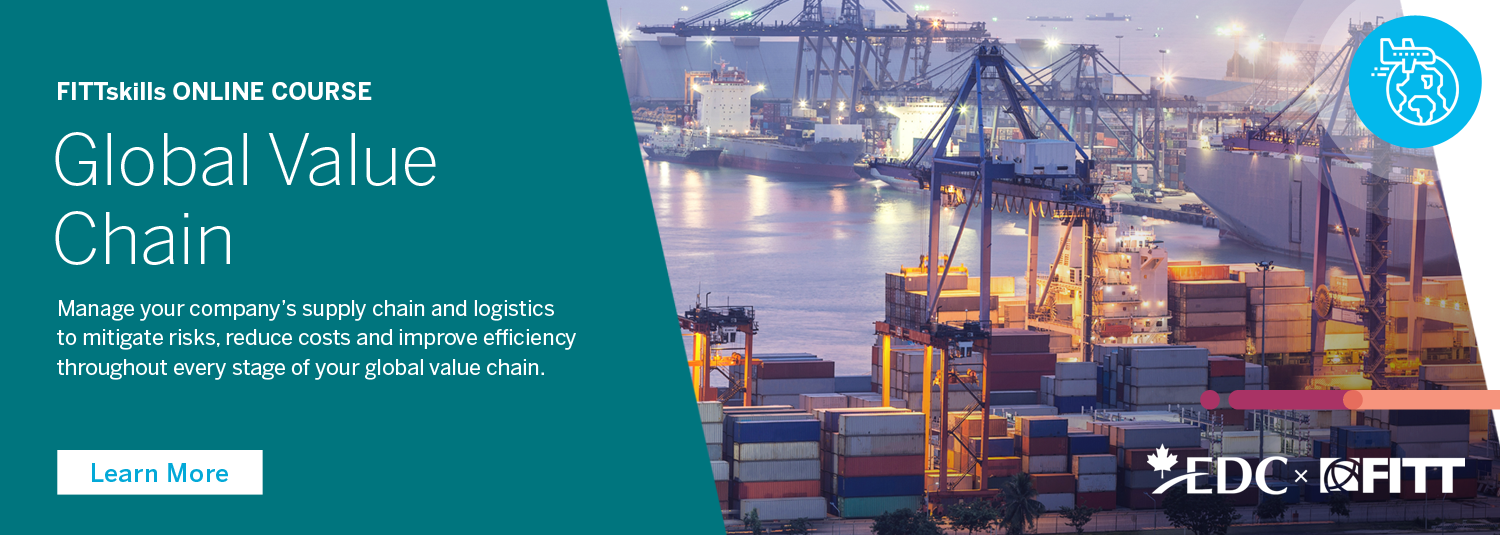At the end of 2020, there were “more than 280 million vehicles operating on roads throughout the United States.” That’s more than eight cars for every 10 American residents. However, motor vehicles are used for more than just personal transportation. Trucks and cars everywhere are essential to maintaining a global supply chain of products that can reach the consumer quickly and efficiently.
Up until now, one obstacle standing in the way of more efficient transportation has been the state of traffic management. But, with recent technological advances in traffic data collection and management, information system specialists have managed to bring a new way of thinking about traffic management and global trade to the table.
The Innovations in Traffic Management
Although there are several solutions out there that combat the problems inherent in today’s traffic management systems, here are a few of the top, most promising innovations:
Making Use of Sensors
Before any traffic management innovation can take place, the precursor is generally installing sensors to monitor road conditions and traffic patterns. Traffic surveillance and monitoring are key to obtaining data unobtrusively, which experts can then use to expand upon existing traffic management systems.
These days, sensors come in a variety of shapes and sizes, from Bluetooth to loop detectors to even third-party data, like local weather forecasts and public holiday calendars. Sensors are also used to detect accidents on the road and record immediate conditions. Optical fibres are an example of new sensor technologies currently being tested before full-blown deployment.
Updated Traffic Lights
Since the 1920s, traffic lights have undergone relatively few upgrades. Many have recently begun to finally make the switch to LED bulbs, which are not only more environmentally friendly but also last longer. Because they fade rather than immediately burning out, they’re also simpler to replace before they start causing traffic issues.
LED lights can also be outfitted to square traffic lights, which are generally more visible and therefore present additional precautions when it comes to roadway safety.
Municipalities around the world are experimenting with countdown traffic lights, allowing drivers to better adjust their speeds and pedestrians theirs. Reducing driver doubt in the transition from green to red is essential to optimizing roadway safety. Some newer vehicles, like those manufactured by Audi, are even beginning to install in-car systems that communicate with infrastructure.
Smart Traffic Control
Once sensors are installed, smart traffic control becomes that much simpler. Roads detecting few cars can keep lights green, saving drivers fuel and time. Traffic lights and speed limits can therefore be adjusted accordingly (perhaps in partnership with smart vehicles) to maximize roadway efficiency and safety.
Although aided by cameras, sensors, and other technologies, for now, traffic management centers will play an important role in the implementation and wide-scale rollout of smart traffic control methodologies.
How These Innovations Could Improve Global Trade
The implications of these innovations create obvious time, fuel, and cost-saving advantages for those managing ground transportation supply chains. They also have far-reaching environmental benefits, potentially lowering carbon emissions through decreased driving and traffic times.
They also have implications for ground transportation risk mitigation strategies.
We’ve already seen the importance of risk mitigation within the shipping industry—especially with current COVID-19-related port congestion issues and delays and the past year’s Suez Canal Crisis—so, many businesses are also taking care to avoid costly lawsuits and PR disasters by mitigating product liability for ground transportation as well.
Safety concerns are becoming more palpable but also more measurable. Purchasing global insurance policies and investing in appropriate infrastructure is one way of handling liability concerns. Another is to invest time and energy in smarter vehicles and traffic management, reducing the risks involved with the respective parts of the supply chain.
The Intersection of Global Trade & Traffic Management
The more well-educated professionals who join the ranks of traffic management innovation, the faster the technologies will be able to progress and expand beyond their current reach. Information systems professionals entering top industries, ranging from air travel to manufacturing, are working to increase the efficiency of global trade alongside global traffic.
As a result, great strides have been made in the areas of real-time traffic feedback, Vehicle to Infrastructure (V2I) technology, and pedestrian tracking systems. Wyoming’s pilot V2I program communicates inclement weather conditions and road disruptions to drivers statewide, for instance. The positive impact of installing these systems in every freight vehicle is massive, not only potentially preventing devastating accidents and crises, but general delivery delays and traffic too.
The effects of these innovations in traffic management extend far beyond their initial scope. With wide-reaching economic to environmental impacts, traffic management is being used to address a myriad of issues, from lowering vehicular carbon emissions to increasing pedestrian safety to expediting the shipping processes of global trade. In addition to new practices that allow you to take control of your own supply chain and empower the planet, your import-export business and clientele are sure to benefit greatly from enhanced traffic management practices.
 Did you know that the The International Chamber of Commerce Incoterms® rules are used in contracts to clearly communicate the obligations, costs, and risks associated with the transportation and delivery of goods, providing clarity for sellers and buyers to help facilitate trade? Learn more with The Incoterms® 2020 online course, presented by FITT and the Canadian Chamber of Commerce (CCC) to fully understand how they work.
Did you know that the The International Chamber of Commerce Incoterms® rules are used in contracts to clearly communicate the obligations, costs, and risks associated with the transportation and delivery of goods, providing clarity for sellers and buyers to help facilitate trade? Learn more with The Incoterms® 2020 online course, presented by FITT and the Canadian Chamber of Commerce (CCC) to fully understand how they work.



 Learn more about how to manage your company’s supply chain and reduce risks with the FITTskills Global Value Chain course.
Learn more about how to manage your company’s supply chain and reduce risks with the FITTskills Global Value Chain course.



disqus comments